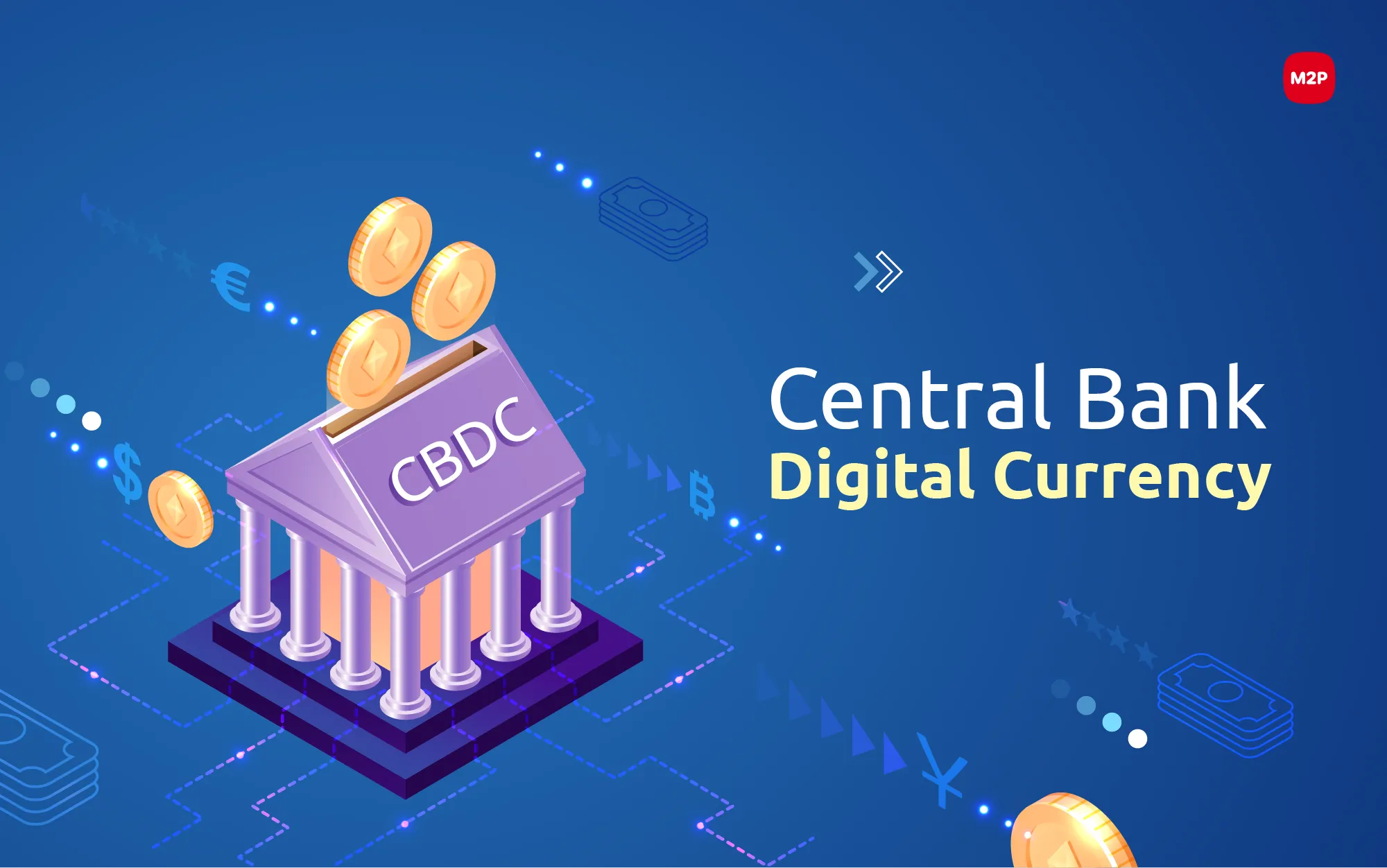Central Bank Digital Currencies (CBDCs) are no longer sci-fi concepts — they are very much here and shaping the future of money worldwide. From the Bahamas’ Sand Dollar to China’s Digital Yuan, countries are racing to digitize their currencies to enhance payment systems, financial inclusion, and regulatory oversight.
But hold up — rolling out a CBDC isn’t just about coding and launching. There’s a whole mess of technical, economic, and social challenges that even the biggest economies are struggling with. India’s Digital Rupee project can learn a ton by looking at what’s going sideways globally.
Let’s break down the top 5 headaches CBDCs face around the world, and what India should keep on its radar.
Privacy vs. Transparency: The Ultimate Balancing Act
CBDCs promise full transaction transparency — great for cracking down on black money, fraud, and tax evasion. But it’s also a privacy nightmare waiting to happen.
- In countries like China, the Digital Yuan tracks user transactions closely, raising big brother concerns.
- Europe’s digital euro debate highlights citizens’ demand for privacy protections.
Lesson for India: The Digital Rupee must balance regulatory transparency with robust privacy safeguards. If users feel constantly watched, adoption will tank. Implementing privacy-preserving technologies like zero-knowledge proofs or anonymized transactions could be the sweet spot.
Cybersecurity: Fort Knox or Open Door?
Going fully digital means becoming a prime target for hackers.
- The Bahamas’ Sand Dollar faced phishing scams and cyber-attacks right after launch.
- Nigeria’s eNaira had to suspend transactions temporarily due to security bugs.
Lesson for India: The RBI must invest in military-grade encryption, real-time fraud detection, and multi-layered authentication. Continuous stress-testing and red-team exercises should be standard. User education on security hygiene will also be key.
Financial Stability Risks: Bank Runs 2.0?
CBDCs can disrupt traditional banking by offering a risk-free alternative to bank deposits.
- Sweden’s e-Krona pilots raised fears of mass bank withdrawals during financial stress.
- Economists warn of “digital runs” where everyone moves their money into CBDCs, starving banks of deposits needed to lend.
Lesson for India: RBI should design the Digital Rupee with limits on holdings or tiered interest rates to prevent rapid outflows from commercial banks. Coexistence strategies with UPI and existing banking systems are essential.
Digital Divide & Inclusion: Who Gets Left Behind?
CBDCs are tech-heavy. But let’s be real — millions of Indians still lack smartphones or stable internet.
- In Nigeria, eNaira adoption was slower in rural areas with poor connectivity.
- Some Caribbean nations struggle with digital literacy gaps.
Lesson for India: The Digital Rupee’s offline transaction capabilities and simplified user interfaces must be priority features. Massive digital literacy campaigns and support systems are non-negotiable to avoid deepening financial exclusion.
Regulatory & Legal Frameworks: Wild West or Well-Ordered?
CBDCs raise tons of legal questions: How to handle cross-border payments? Who’s liable for errors or fraud? How do existing laws adapt?
- The EU is still ironing out legal frameworks for the Digital Euro.
- China’s Digital Yuan operates in a tightly controlled regulatory environment, but it’s unclear how it handles international flows.
Lesson for India: Early and clear legal guidelines around Digital Rupee use, dispute resolution, and cross-border interoperability are essential. Coordinating with global standards and central banks will help avoid regulatory chaos.
Final Thoughts: Why India Can Win This Race
India’s unique blend of fintech innovation, massive digital adoption via UPI, and a cautious but progressive regulator gives it a real shot at creating a Digital Rupee that’s secure, inclusive, and user-friendly.
But ignoring the global CBDC pitfalls would be a rookie mistake. Privacy, security, stability, inclusion, and legal clarity aren’t just buzzwords — they’re the foundation stones for CBDC success.
If India gets this right, the Digital Rupee won’t just be a new payment method — it’ll be a game-changer for the economy and society.




